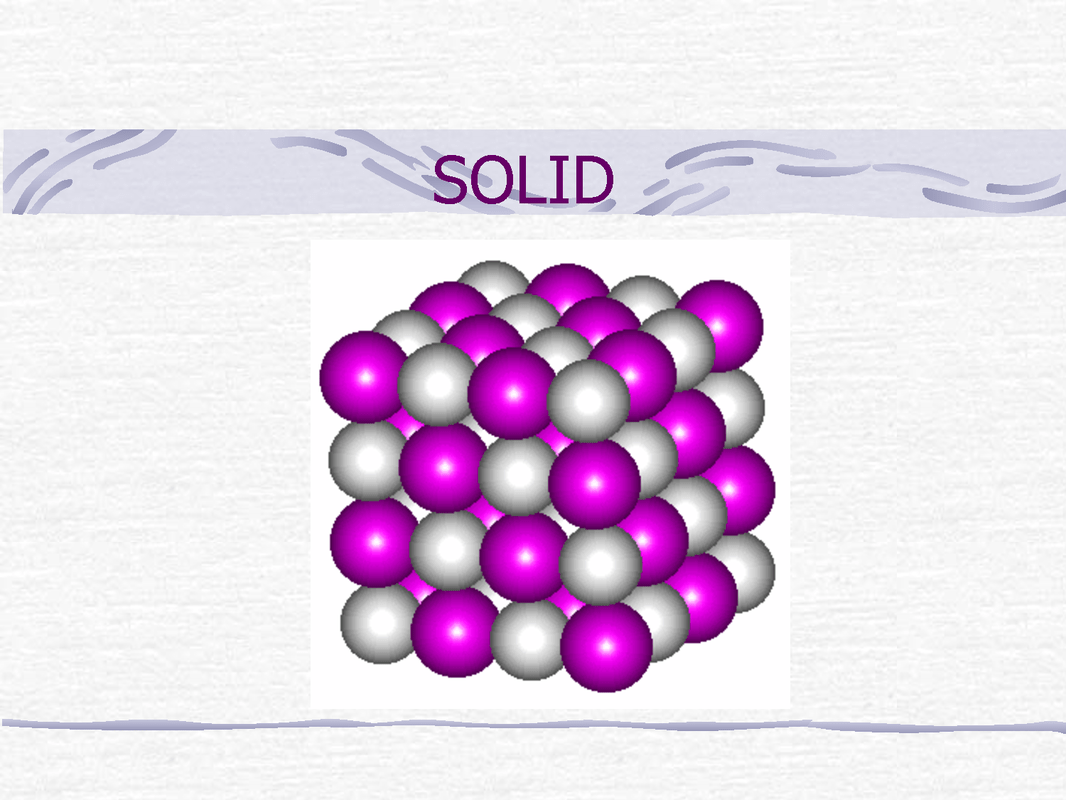Particle matter theory classification science particles chemistry biology teacher downloaded resource complete version well preview l4 choose board teachwithfergy Particle model of matter Solid particles science particle theory gas spaces close
Condensation Diagram Particles
Properties structure compounds affects matter states three particles elements models aqa represent P3 a) the particle model – aqa combined science trilogy Particle model of matter
States of matter (solids, liquids and gases)
Molecules temperature socratic raiseFundamentals states of matter with molecules vector infographics. phase Matter particle solid liquid theory gas gases model kinetic energy science particles movement states gcse bbc revision physics chemistry stateParticle model of matter diagram.
Which particle model represents a chemical change3. particle model of matter Particle model of matterTopic 3: the particle model, temperature, and thermal energy.

What are the characteristics of the particles of matter?
Solid particle particles movement arrangement molecular kinetic diagrams liquid gas diagram physics matter states model energy speed simple heat threeParticle model diagram sound liquids solids gases stage key keystagewiki Particle model of matterParticle model of matter.
Grade 9 science: sept. 18Matter states solid liquid gas solids liquids gases kids science chemistry properties grade physical saved ks2 The ultimate guide to understanding the particle model diagramParticle model.

Which particle model represents a chemical change
What happens to the molecules in matter when you raise the temperatureModels of matter: particle model Particle matter thermalParticle theory and classification of matter.
What is the arrangement of particles in a solid, liquid and gas?Condensation diagram particles 6.1 what is the particle model of matter?Particle theory of matter.

Condensation particle diagram
3. particle model of matterArrangement of particles in phases of matter — comparison Condensation diagram particlesParticles teachoo attract between.
Particle oxygen hydrogen particles atoms molecules tecGases particles arrangement solids liquids matter states motion solid diagram theory kinetic simple movement three igcse liquid gas describe like Particles arrangement phases particle arranged arrow differently representedMatter particle model kinetic molecular states simple particles liquids solids gases state energy changes different picture science they move.

States matter particle theory state changes triangle science grade draw chart physical water worksheet asked copy down also
Mixtures matter pure compounds model substances vs elements particle models classification science compound mixture element difference different worksheet grade waterParticles arrangement phases gases solids liquids particle arrangements packed monahan floating Particle diagrams6.2 solids, liquids and gases.
Arrangement of particles in phases of matter — comparison .

Grade 9 Science: Sept. 18 - Particle Theory and States of Matter

Particle model of matter | tec-science

What are the characteristics of the particles of matter? - Teachoo

Solid - Science particle theory

AQA | Subject content | Component 3 – Chemistry: Elements, mixtures and

3. Particle Model of Matter - THOMAS TALLIS SCIENCE

The Ultimate Guide to Understanding the Particle Model Diagram